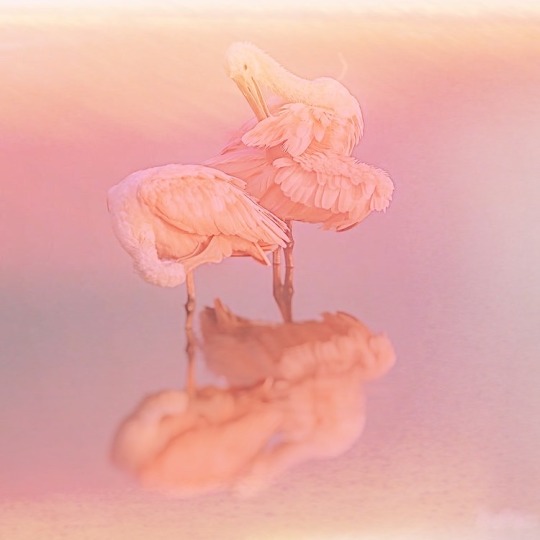#coastal birds
Text


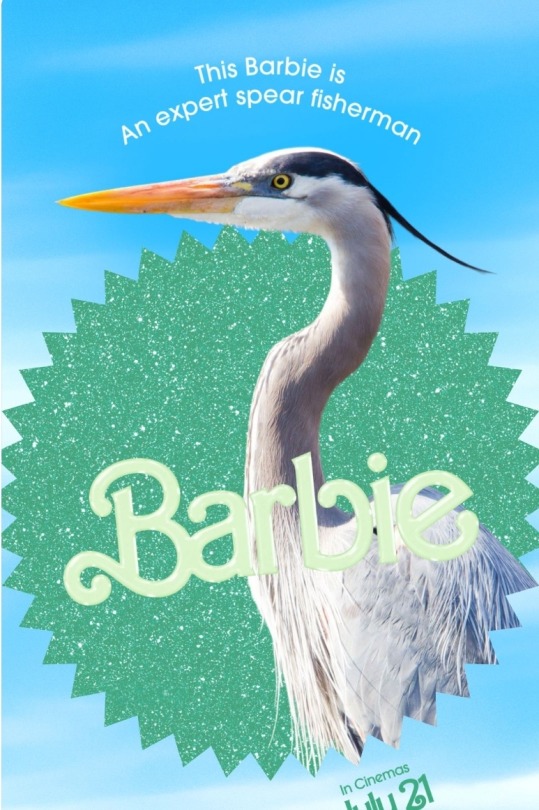



#birds#heron#cormorant#guillemot#gannet#avocet#puffin#bird watching#birdblr#uk birds#coastal birds#barbie 2023#this barbie meme#this barbie is
527 notes
·
View notes
Text
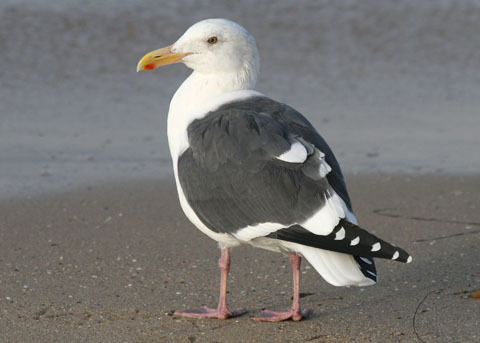
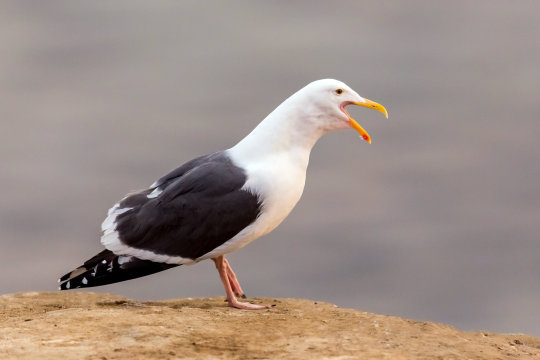
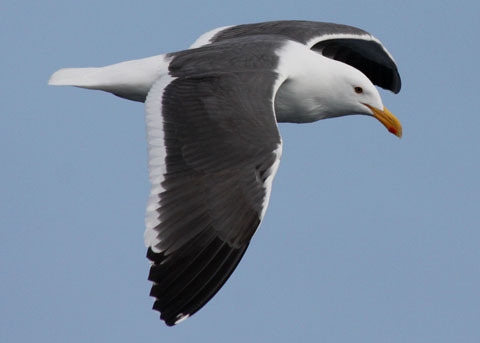
Western Gull, Best(ern) Gull
The western gull (Larus occidentalis) is a common sight throughout the western coast of North America, from British Columbia in Canada to Baja California, Mexico. Within this range, it is found almost exclusively near the coast or on offshore islands, and only rarely turns up more than 160 km (100 miles) inland or far out at sea.
One of the larger gull species, L. occidentalis weighs about 0.8-1.4 kg (1.8-3.1 lbs) and measures 130 to 144 cm (51 to 57 in) from wingtip to wingtip. The markings are fairly plain; adults of both sexes sport a white head and body and grey or black wings. The bill is bright yellow, with a red spot on the lower portion. Because of their simple plumage, the western gull bears a strong resemblance to several other gull species that inhabit the same region, including the California gull and the glaucous-winged gull. In fact, the western gull has been known to hybridize extensively with the glaucous-winged gull, and in some regions the hybrid population is larger than either parent species.
Western gulls establish territories as mated pairs within a larger colony, and once a territory has been established they almost never relocate. Courtship begins in the spring, around March, and is usually complete by May. Males establish a nest in the colony, and prospective females arrive to inspect it. After a brief ritual, the male and female become paired for life. A typical clutch consists of 1-3 eggs, which are incubated by both parents until they hatch about a month after laying. Chicks remain at the nest for an additional 10 weeks, but mortality for young western gulls is extremely high and only 1 in 3 typically make it to independence. Adults may live to be anywhere between 15 and 25 years old in the wild.
L. occidentalis is perhaps best known for its large and voracious appetite. While strictly carnivorous in the wild, individuals will consume a variety of unappetising foods including plastic, decaying plant material, garbage, and food scraps offered by humans. In their natural habitat, the western gull feeds on fish, marine invertebrates like crabs and snails, and terrestrial invertebrates such as earthworms, beetles, and carrion. This species is also known for stealing from other animals, and groups often establish themselves near other shorebird colonies in order to poach their meals. Adults themselves are seldom predated upon by other animals, but chicks may become food for predators like foxes and coyotes.
Conservation status: Based on their large and stable population, the IUCN has determined the western gull to be of Least Concern. The most common threats to this species are contamination from pesticides and herbicides, habitat loss, and consumption of inorganic materials like plastics.
If you like what I do, consider leaving a tip or buying me a kofi!
Photos
John C. Avise
Mick Thompson
#western gull#Charadriiformes#Laridae#gulls#sea birds#birds#marine fauna#marine birds#coasts#coastal birds#north america#western north america#Pacific ocean#animal facts#biology#zoology#ecology
86 notes
·
View notes
Text


White Ibis in flight.
#birds#birdblr#bird watching#bird photography#nature photopragpy#wildlife photography#wildlife#nature#naturecore#outdoors#adventure#coastal#beach#beachcore#oceancore#ocean#coastal birds#Lowcountry#South Carolina#animals#wild#flying#birding
95 notes
·
View notes
Text
BOTD: Laughing Gull

Image credit: Ianare
Laughing Gull (Leucophaeus atricilla)
The Laughing Gull's name comes from its raucous call, which sounds like a high-pitched "ha...ha...ha...". The specific name 'atricilla' comes from Latin 'atra' meaning black, unlucky, or malevolent, and 'cilla' meaning tail. Carl Linnaeus, who coined the species' scientific name in 1758, may have actually intended to write 'atricapilla', meaning black-haired, which would have been more accurate to the bird's appearance.
#seagulls#sea gulls#seagull#sea gull#gulls#gull#sea birds#seabirds#coastal birds#tropical birds#coastal wildlife#birds of america#birds of north america#birds of south america#birding#birdwatching#bird of the day#laughing gull#leucophaeus atricilla#birdoftheday#bird#birds
322 notes
·
View notes
Photo

Sanderling
#sanderling#shore#coast#Coastal Birds#wader#sand#beach#birds#nature#wildlife#photography#art#artists on tumblr#Original Work#original photography#photographers on tumblr#lensblr#pic of the day
180 notes
·
View notes
Text





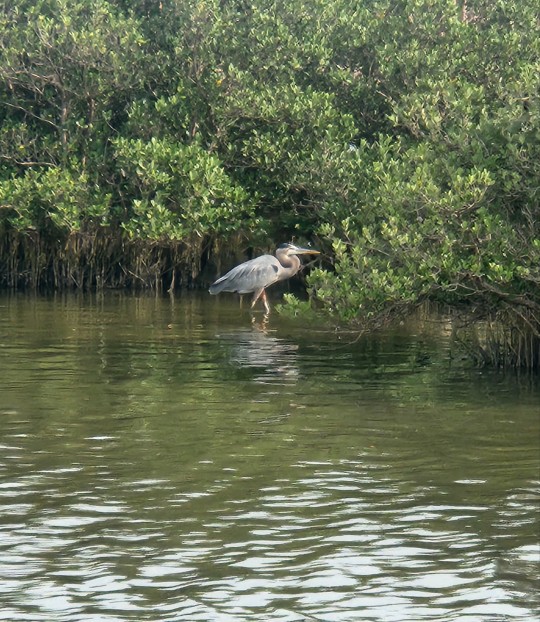

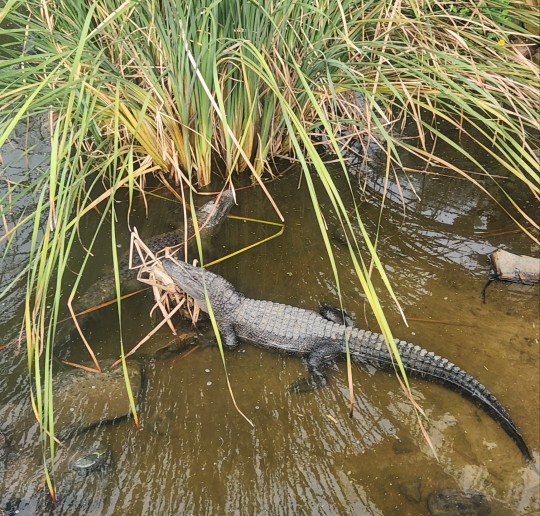
A couple days ago I went to the Birding and Nature Center on the island I live near, South Padre Island. I'll be making another post about some specific plant life, but this post is about the overall environment and some of the wild birds and sanctuaried alligators here. This very beautiful and unique place consists of about 50 acres of wetlands along the bayside of the island! It's likely that my Coahuiltecan ancestors migrated to this area depending on food availability throughout the seasons, for plant medicine, and for tool and art crafting materials like wetland grasses and reeds, bones, feathers, shells, and seeds
Pic 1 ~ An overall look at a section of the area, including the bay
2 ~ A wide expanse of Black Mangroves, an extremely vital tree to the ecosystem, and a very spiritual as well as medicinal botanical
3 ~ I'm not sure what this colorful dude's name is but I also see them often in my city! If someone could help me ID him, I'd appreciate it! <3
4 ~ White Ibis, preparing to fly off
5 ~ Big Padre!! A rescued 12' 7" gator, and his lovely wife, Lady Laguna!! I love them, relationship goals fr
6 ~ Some kind of blue Heron, though I'm unsure of the exact species. If anyone knows, I'd appreciate if you could help me ID him!
7 ~ Creepy front view of a Great Blue Heron staring at me
8 ~ A gator using a cattail stump as a pillow! 😭 Too cute not to share
#wetlands#swamp witch#ocean witch#spirituality#depop#environmental science#environmentalism#ecosystem#coastal birds#coastal ecosystem#bay area#south texas#south padre island#sea witchcraft#sea witch#bruja#eclectic witchcraft#ecletic witch#etsy#green witch#green witchcraft#latine#indigenous#heron#great blue heron#white ibis#alligator#black mangrove#sacred land#ancestor work
17 notes
·
View notes
Text

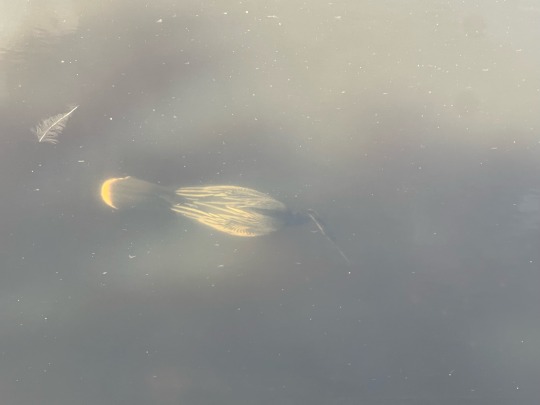

Anhinga swimming in the lake (Anhinga anhinga)
Saint Petersburg, FL
June 2022
#nature#birders gallery#birds#water birds#anhinga#coastal birds#ornithology#ornithologists#birdsonearth#lake#naturalists#florida wildlife#florida
2 notes
·
View notes
Text
The Tricolored Heron is Beautiful, Especially in Breeding Plumage
Fishing Hole
The last time I went out to Cedar Key, I spent about an hour shortly before sunset lurking under a bridge watching this tricolored heron (Egretta tricolor) and a snowy egret while they fished. Both birds seemed very intent on filling up on the small fish that live in that waterway before the sun went down, and once they decided I was no threat, they pretty much ignored me. During…

View On WordPress
#beautiful herons#bird photographs#bird photography#birds#coastal birds#coastal Florida birds#colorful herons#Florida birds#Florida herons#Florida wading birds#heron photographs#herons#small herons#tricolored birds#tricolored herons#wading birds
0 notes
Note
Ridgeway Rails and Clapper Rails live in Colorado River marshes in southwestern north america. i was doing some research on them for a story of mine but couldn't fit them in
:( the contest had a word limit
they can be found on the Yuma native american reservation and both are near endangered. they also kinda look funny and would be cool to draw.
Sure, here's your bird. :D

Ridgway's Rail (Rallus obsoletus)
Near Threatened
Pacific coast & Western North America
Threats: Habitat loss & degradation, pollution, agriculture, climate change
#why am i obsoletus? o_o#ridgway's rail#Rallus obsoletus#bird art#coastal birds#nature art#north america#clapper rail#shorebird#bird#wader#usa
0 notes
Text

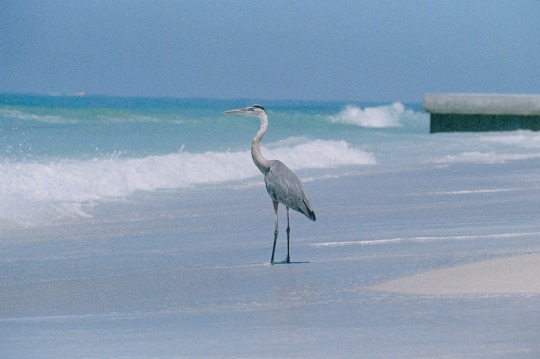
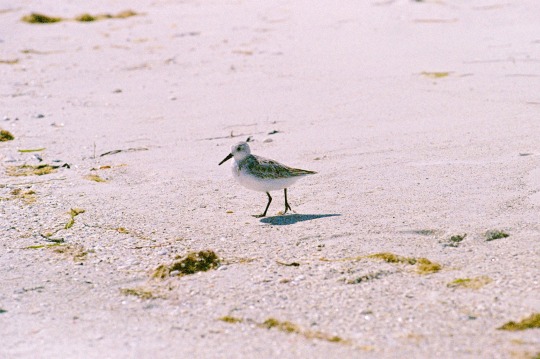
🎶birds on film🎶
🎞 kodak portra 400
📸 canon eos 300
#35mm#35mm color film#35mm photography#analog#analog photography#canonphotography#canon eos 300#kodak portra 400#birds#beachside#beach photography#coastal birds#Spotify
0 notes
Photo
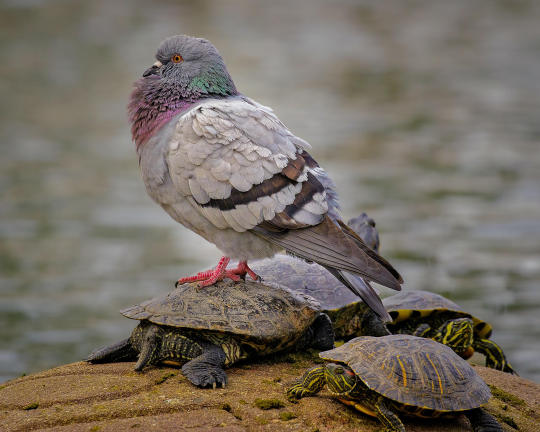


Rock on with Rock Pigeons
Rock pigeons, also known as rock doves or common pigeons (Columba livia) are one of the most common species of bird in the world, with over 400 million pigeons spread over feral and wild populations. They can be found on every continent, and feral doves are particularly abundant in urban areas. Before their global distribution, the species was native only to southern Europe, northern Africa, and southern Asia. However, due to their use as messengers, food, and pets, the species has been introduced to nearly every area humans inhabit.
Most urban populations are feral pigeons (C. livia domestica), descendants of domesticated individuals that either escaped or were freed when their use to humans fell out of fashion. These individuals tend to have more color and pattern variation in their plumage, but are otherwise identical to their wild relatives. In fact, as they are functionally a sub species of rock pigeon, feral and wild populations interbreed where they overlap, though wild pigeons more commonly nest along cliff faces closer to agriculture or open fields. In urban areas, pigeon nests are found nearly anywhere with a flat surface large enough for a nest; particularly window ledges, archways, and overpasses.
Generally speaking, the rock dove has dark plumage-- usually grey or black-- with white or iridescent markings along the neck and wings. The distinctive ‘moustache’ on their beaks is actually a piece of cartilage known as an operculum, which can help to reduce moisture loss. Healthy adults have a wingspan of 62 to 72 cm (24 to 28 in), and can weigh up to 380 g (13.4 oz). Females are nearly identical to males, especially among populations with mixed colors, but can be identified by their duller colors and smaller iridescent patches.
C. livia breeds year round, so long as food is available, but peak nesting times are in the spring and summer. Courtship rituals begin with a male puffing out his feathers and strutting about on the ground. He then approaches the female while cooing, bowing, and spinning. If the female shows interest, he then feeds her regurgitated food before mounting. The female lays two eggs in a prepared nest and both mates take turns incubating for 17-19 days. Hatchlings, also called squabs, are fed on a rich substance known as crop milk which is produced from the parents’ throat. Individuals take up to 4 months to become fully mature, though young typically leave the nest at only 30 days old.
Rock doves are largely monogamous and mate for life, though separations are not uncommon. Pairs regularly preen each other, and once mated build a semi-permanent nest together. They are also highly social and typically live in flocks of 50 to 500 individuals, with members often moving between nearby groups. Social organization is kept by pecking order-- disputes over territory, food, or mating rights are solved by two individuals pecking each other until the loser retreats. Flocks are also divided by foraging ability; one group, the producers, are responsible for locating food while scroungers feed on what the producers find.
One of the reasons for the common pigeon’s broad distribution is their diet; C. livia are omnivores. In the wild their main staple are seeds and fruits, but wild and feral populations can subsist on a wide variety of plant matter, as well as insects and human food waste. Interestingly, rock pigeons are one of the few birds that can drink continuously from a water source, as opposed to taking only small sips. Groups forage during the day when those on the outer edge of the flock can keep an eye out for predators like birds of prey. Other animals like opossums or raccoons are also known to steal eggs and squabs from undefended nests.
Conservation status: The feral C. livia domestica has a large and growing population, and is considered Least Concern by the IUCN. However, many urban populations are considered healthy due to poor diet and abundance of diseases and parasites. The wild populations of rock pigeon are functionally considered Least Concern, but their populations are decreasing due to habitat loss and genetic intermingling, and they truly wild rock doves are extinct in many places in Europe.
If you like what I do, consider leaving a tip or buying me a ko-fi!
Photos
David Lin
Donald Trounson
Jim Rathert
#rock dove#common pigeon#Columbiformes#Columbidae#pigeons#doves#birds#urban fauna#urban birds#grasslands#grassland birds#coasts#coastal birds#generalist fauna#generalist birds#europe#africa#asia#australia#north america#south america#animal facts#biology#zoology
157 notes
·
View notes
Text

Blue Herons are always a treat to spot in the marsh. I love hanging out with these guys.
#blue heron#great blue heron#birding#bird watching#bird photography#birdlr#bird#outdoors#nature#naturecore#nature photography#wildlife photography#wildlife#coastal#coastal birds#adventure#photography#animals#flora and fauna#fauna#dm me#me#message me#dms#let’s talk#beach#Lowcountry#south carolina
49 notes
·
View notes
Text
Flesh-Footed Shearwater

^Image credit: Duncan
Flesh-Footed Shearwater (Ardenna carneipes)
The scientific name for the Flesh-Footed Shearwater was formerly Puffinus Carneipes. They breed in colonies, having two main breeding areas; one in the southwest Pacific Ocean which includes South Australia and New Zealand; the other on islands on the coast of Western Australia.
#flesh-footed shearwater#flesh footed shearwater#shearwater#sea birds#seabirds#coastal birds#birds of australia#birds of the pacific ocean#birds of new zealand#bird of the day#birdoftheday#bird facts#bird fact#bird fact of the day#daily bird facts#bird taxonomy#taxonomy#ornithology#birds#bird lovers
43 notes
·
View notes
Photo

Gannet collecting nesting material
#gannet#seabird#the coast#coast#coastal birds#bird photography#wildlife#wildlife photography#uk wildlife#british wildlife#wild animals#nature#nature photography#outdoors#art#artists on tumblr#original phography#photographers on tumblr#pic of the day
98 notes
·
View notes
Text

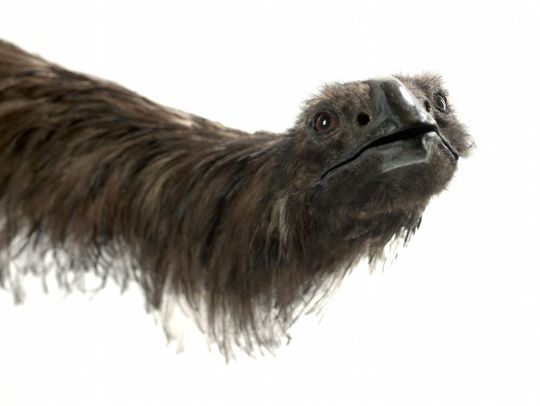
A reconstruction of a female coastal moa (Euryapteryx curtus), also called the broad-billed or stout-legged moa, built for the Museum of New Zealand Te Papa Tongarewa in 2006. [x]
Adult females of this species could be over twice the size of adult males. Individuals from the southern part of the country were larger and more robust than those from the north.
This moa species also had an elongated windpipe similar to some modern-day swans and cranes, suggesting it could make loud, resonating calls: "The windpipe included a loop up to one metre long that ran downwards inside the left side of the body, and across to the other side before it doubled back on itself to the breast and into the lungs." [x]
Simulated call of a coastal moa:
11K notes
·
View notes
